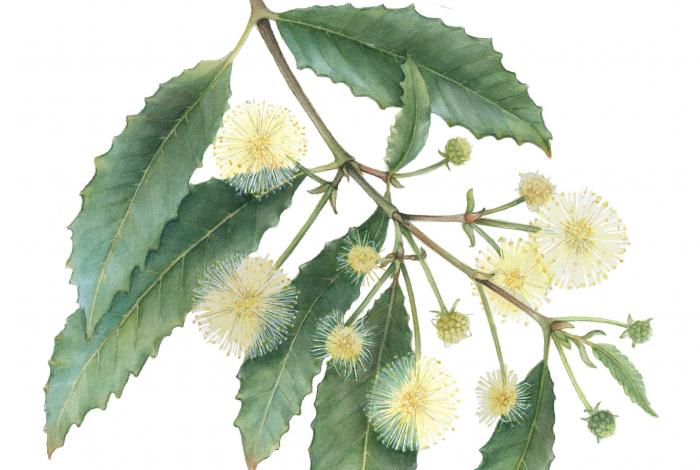Biodiversity Strategy
The Biodiversity Strategy is the first single strategy that combines the progress of the two former Councils in conservation planning and presents a scientifically-robust roadmap for the future of the biodiversity of the Central Coast.
The Strategy highlights the roles that Council has to support biodiversity: as a land use planning authority, a community leader, and a major landholder and land manager.
Council appreciates the critical importance of biodiversity to its area, and to its community. Alarmingly, many species are declining in numbers and some are facing extinction in our own patch. Council currently manages over 6,000 ha of land in the Central Coast local government area primarily for its natural values, and the goal is to increase this in the future.
This Strategy outlines Council’s administrative and policy framework for responding to the actions identified to progress and implement on-ground change. It also guides Council’s own actions and informs the actions of the community and a wide range of other organisations who together will shape the future of the Central Coast.
Community consultation
Following extensive work by staff, the draft Strategy went on public exhibition for a six-week period between September and November 2019, with 144 submissions received.
What became apparent from this consultation process was that the Central Coast population are broadly supportive of a region-wide Biodiversity Strategy which tracked with research previously conducted by Council.
We invite you to view the consultation report available in the Document Library, which outlines what we heard, and the consultation outcomes.
Document Library
Consultation results
Timeline
Frequently asked questions
Why does the Central Coast need a Biodiversity Strategy?
Caring and protecting the natural environment of the Central Coast was identified as a key issue for the community during the Community Strategic Plan engagement process, which was adopted in 2018.
The Strategy is the first single strategy that combines the progress of the two former Councils in conservation planning and presents a scientifically-robust roadmap for the future of the biodiversity of the Central Coast.
How much conservation land is Council responsible for?
At present, Council is responsible for over 350 natural reserves totalling over 6000 hectares of land across the Local Government Area managed for nature conservation.
What are the main topics captured by the Strategy?
The desired outcomes of the Strategy are to protect and enhance the landscape and biodiversity values of the Central Coast. This includes maintaining functional connections between areas of natural habitat, maintaining quality core habitat and preserving threatened and iconic species as well as more familiar species.
The proposed Conservation Management Program covers natural asset planning and management, expansion of Council’s natural area estate and community participation in conservation.
Other components of the Strategy focus on Council’s corporate responsibilities and the link between biodiversity protection and the strategic planning framework.
Does this Strategy supersede other regional strategies including the NSW Biodiversity Conservation Investment Strategy 2018 and the Central Coast Regional Plan 2036?
The Central Coast Council Biodiversity Strategy defines Council’s role in biodiversity conservation in the context of other government strategic conservation planning and private land conservation.
Commonwealth and State Government legislation and planning documents guide and influence local plans and strategies, including this Strategy.
Does the Biodiversity Strategy make recommendations for the marine or coastal environment, or is it a purely a land-based focus?
Council does not have jurisdiction in the marine environment, and the Biodiversity Strategy is focussed on areas of Council responsibility (Council-owned land). The core aim of implementing this Strategy is the effective land management of Council reserves, in addition to supporting other Council programs such as the Coastal Management Program and Estuary Management Program, which have a focus on the ‘water’ aspects of the local area.
How many unique species of plants and animals can be found with the Central Coast region?
There are approximately 2,100 native plant species and over 600 native animal species which have been recorded in the Local Government Area. Some of these plant species such as the Somersby mintbush, Charmhaven apple, and Magenta lily pilly are endemic to the region, meaning that they occur nowhere else in the world. Moving forward, it is hoped that the Biodiversity Strategy will play its part in protecting the habitat of these plants and animals, so they can be conserved for future generations.

